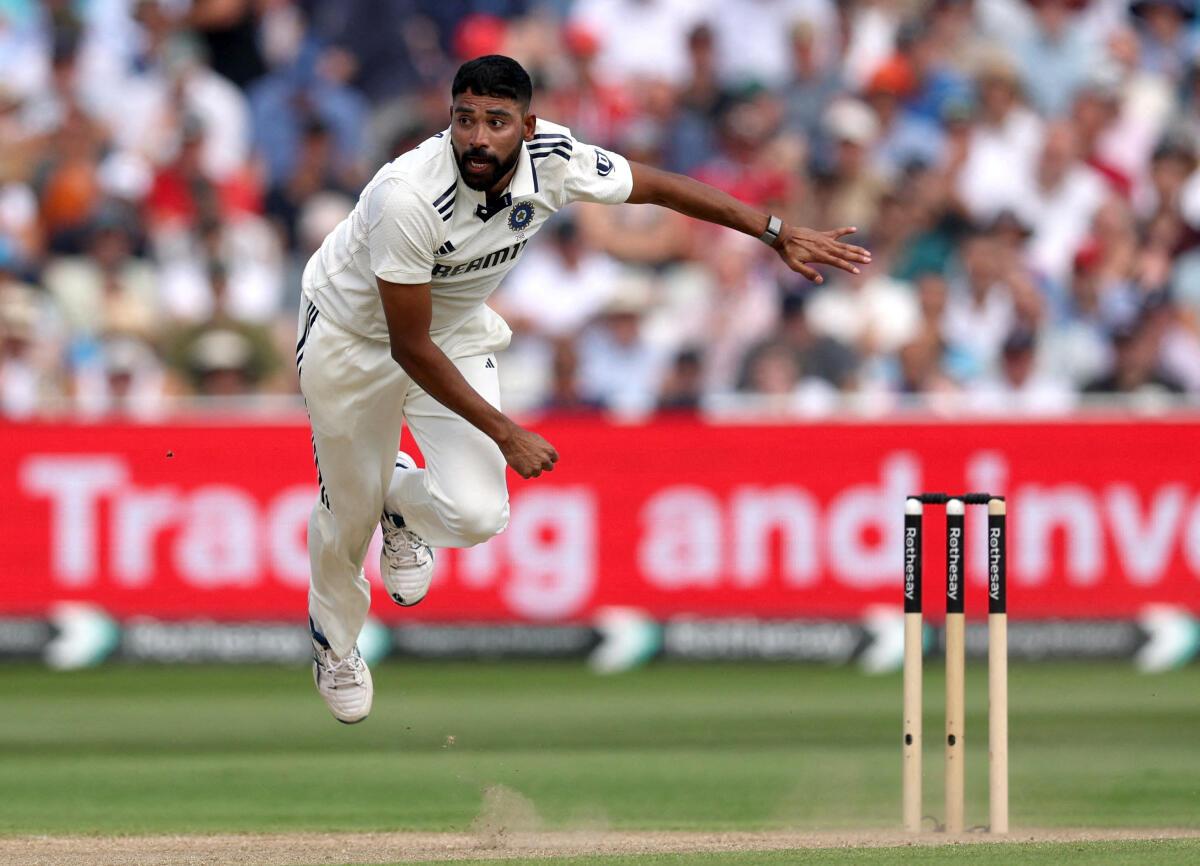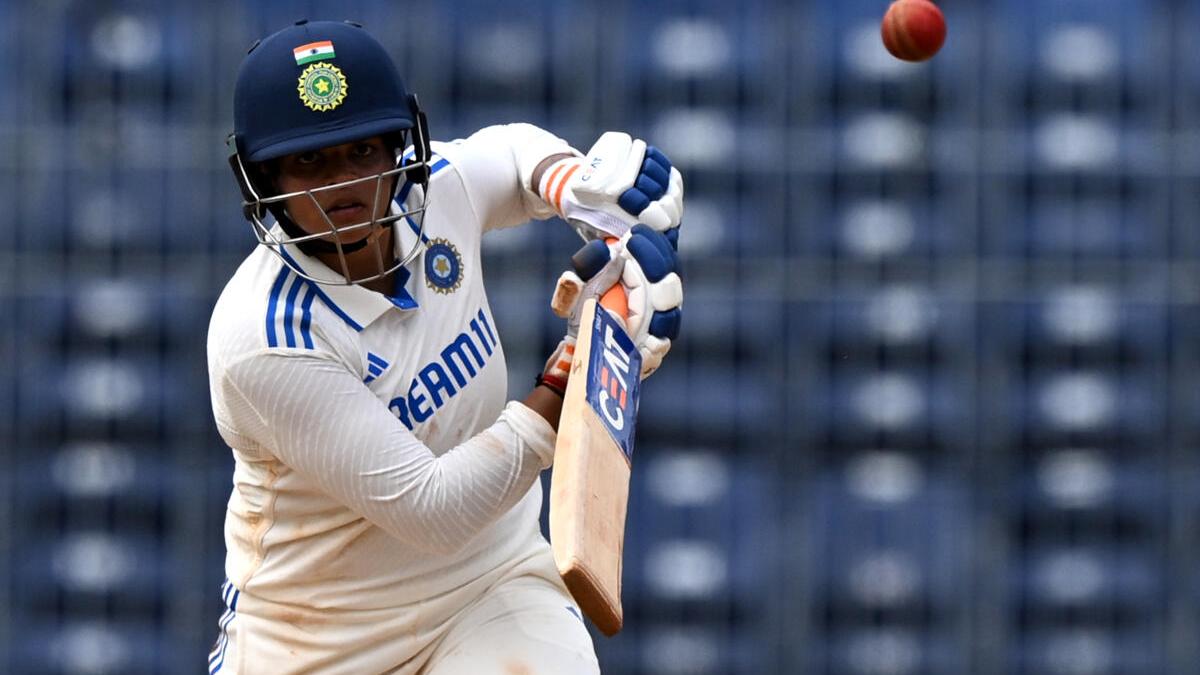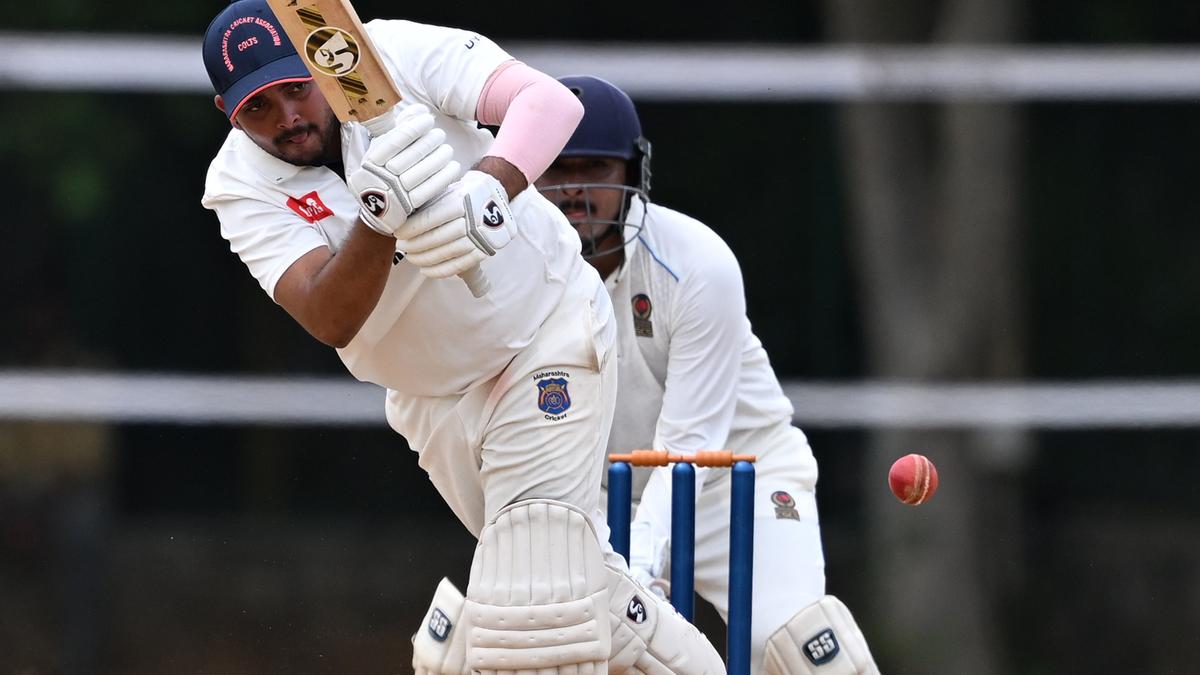Not many had pinned hopes on India when the team landed in England a couple of months ago. With Virat Kohli and Rohit Sharma moving on from the format, the team certainly lacked experience, and under a young leader in Shubman Gill, the onus was on the youngsters to step up.
Only eight players had toured England before, and there were apprehensions about how they would adapt to the conditions, handle the pressure and deliver.
There were doubts with the bowling unit, too, as it was decided well in advance that Jasprit Bumrah would play just three games in the five-Test series, which raised questions about whether Indian fast bowlers, sans Bumrah, had that ability to claim 20 wickets?
But as they say, cricket stops for no one and this England tour once again proved that.
After 25 days of riveting action, the young Indian team not only came from behind to draw the Anderson-Tendulkar Trophy 2-2, but also proved that the future is in safe hands.
Coming on the back of two consecutive Test series defeats – against New Zealand, at home, and away to Australia – the pressure was mounting on the team, but captain Gill led from the front and went on to score 754 runs in 10 innings to give Indian batting line-up the much-needed stability. By his own admission, he had troubles with the incoming ball, prior to the series. But he made adjustments, and overcame the odds in England and ended the series with four centuries, including a top score of 269.
READ | Test cricket the most rewarding and satisfying format, says Shubman Gill
And, as Gill led by example, it came as a motivation to his team-mates, too.

Young captain Shubman Gill led the way with the bat by scoring 754 runs in 10 innings.
| Photo Credit:
GETTY IMAGES
Young captain Shubman Gill led the way with the bat by scoring 754 runs in 10 innings.
| Photo Credit:
GETTY IMAGES
Yashasvi Jaiswal got off to a brilliant start, and set the tone before going through a lull and again ending the series with a century at The Oval. K.L. Rahul looked solid at the start. And then, there were Ravindra Jadeja and Washington Sundar ensuring that the middle-order was taken care of.
Despite being down, India managed to stay alive in the series, courtesy Washington and Jadeja, who scored those rearguard hundreds in Manchester in the fourth Test.
As captain Gill said, it was a ‘team effort’.
In the absence of Bumrah, Siraj threw workload management out of the window and bowled 185.3 overs in the series – 1,113 deliveries to be specific – and finished as the leading wicket-taker with 23 wickets. He bowled his heart out, and wore his heart on his sleeve. “When you play for your country, you don’t think about whether you bowled six overs or nine overs,” Siraj said.
This mindset brought the best out of him. He bowled relentlessly, inspired his colleagues – Akash Deep and Prasidh Krishna – and rattled the England batters at Edgbaston and the Oval, which didn’t feature Bumrah. In the Bazball era, the home batters seemed clueless on how to tackle Siraj.

Siraj was an ever-present in the Indian XI and bowled 185.3 overs to scalp 23 wickets.
| Photo Credit:
REUTERS
Siraj was an ever-present in the Indian XI and bowled 185.3 overs to scalp 23 wickets.
| Photo Credit:
REUTERS
There was also a story of grit. Rishabh Pant batted in Manchester with a fractured foot, just to ensure that his team came out of the woods. There were raw emotions, and those moments defined this team.
However, there were some contentious team selections, too. India could have played Kuldeep Yadav, at least in two Tests – in Manchester and at The Oval, where the surface had something in it for the wrist-spinners of his calibre. One also needs to sympathise with Abhimanyu Easwaran and Arshdeep Singh, who spent the entire tour just training in the nets and warming the bench.
But in the end, all that took a backseat as a young Indian team showcased enough skill and spirit, with a promise of a brighter tomorrow.









